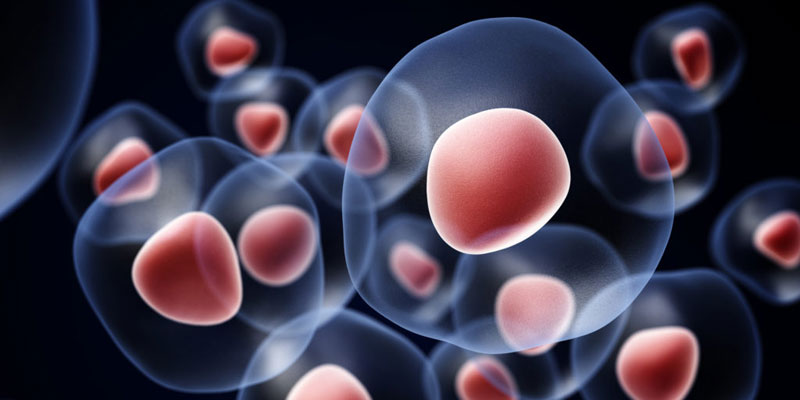
Regenerative medicine, especially the use of stem cells, is the explosive new form of medical treatment available for many types of physical injuries and conditions. And, while research is ongoing and science continues to find new uses for stem cells to improve human health, the discovery of stem cells and how they work in the body has been a topic of study for more than 100 years.
Although we think of stem cells as being a recent discovery, it was a Russian histologist who first coined the term “stem cell” to describe something he observed about blood, in 1908. Alexander Maksimov proposed the term for the discovery that all blood cells develop from a common precursor cell.
Since then, scientists from all over the world have studied stem cells, from plants to mice, to human patients, in search of cures for diseases and injuries, in addition to just having a better understanding of this fascinating cellular biology.
In 1956, Edward Donnall Thomas made history when he injected a 3-year-old leukemia patient with bone marrow stem cells that had been harvested from her identical, healthy twin. The patient did well for six months, but then experienced a recurrence of her cancer.
In 1961, Canadian researchers proved the existence of cells that can self-renew repeatedly. These, of course, were stem cells. A few years later in 1968, the University of Minnesota doctors became the first in the world to use bone marrow transplants to cure an infant with X-linked lymphopenic immune deficiency, and another with Wishkott-Aldrich syndrome.
In 1969, Edward Donnall Thomas performed the first successful bone marrow transplant using stem cells harvested from another person.
Bone marrow transplantation was used to successfully treat leukemia and other diseases and conditions over the years. It was in the 1970s that discoveries in stem cell research began to rapidly accelerate.
Here is a quick look at the timeline of stem cell discoveries beginning in 1978:
- 1978: Stem cells were discovered in human umbilical cord blood.
- 1981: The first in vitro stem cell line was developed from mice.
- 1988: Stem cell lines from embryos were derived from a hamster.
- Thomas went on to establish bone marrow transplantation as a common procedure in the treatment of cancer, winning the Nobel Prize in 1990 for his work.
- 1995: the first embryonic stem cell line was created from a primate
- 1997: a lamb named Dolly was cloned from stem cells
- 1997: the origins of leukemia were traced to defects in a specific type of cancer stem cells.
- 1998: James A. Thompson at the University of Wisconsin isolated cells from the inner cell mass of early human embryos, developing the first embryonic stem cell lines.
- 1998: John D. Gearhart at Johns Hopkins University, derived germ cells from cells in fetal gonad tissue.
- 1999 and 2000: scientists discovered that manipulating adult mouse tissues could produce different cell types. This showed that cells from bone marrow could produce nerve or liver cells, and cells in the brain could also yield other cell types. These discoveries were exciting for the field of stem cell research, promising greater scientific control over stem cell differentiation and proliferation.
- 2006: researchers successfully “reprogrammed”, or transformed, somatic cells into a stem cell-like state. This new type of stem cell was subsequently called “induced pluripotent stem cells” (iPSCs).
This latest research has given researchers the hope of providing personalized medicine, as it allows scientists to capture the unique genome, or a complete set of DNA in all its genes, of an individual in a cell type. The hope is that these iPSCs can one day be used to generate all cell types in the body. With the constant improvements in the efficiency and robustness of generating iPS cells, the prospect for the future of cell research and stem cell-based treatments for degenerative diseases is very bright. Stem cells should be able to treat conditions that traditional medicine has been unable to address.
Please contact our office at (516) 419-4480 or (718) 215-1888 to arrange an appointment with our Pain Management Specialist, Dr. Jeffrey Chacko.













